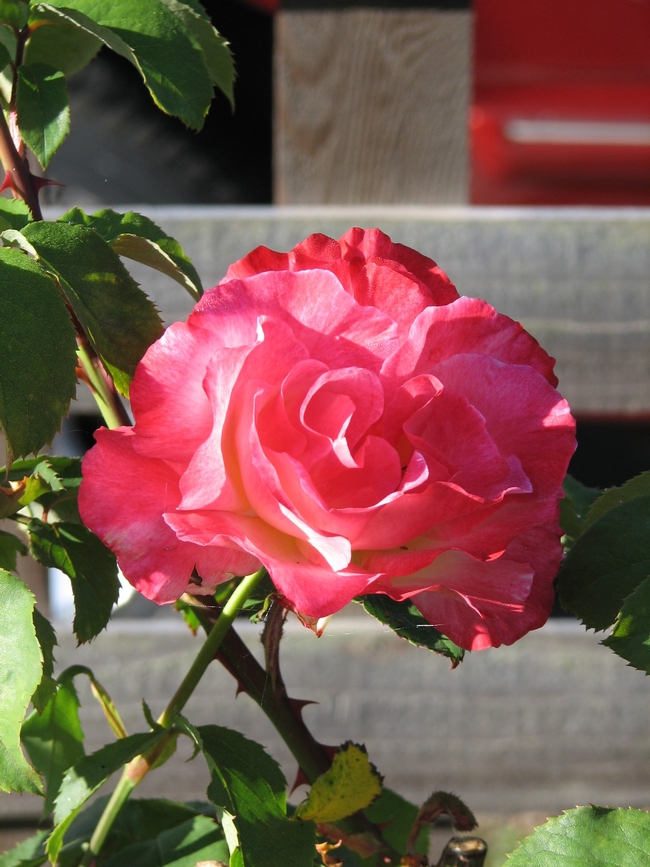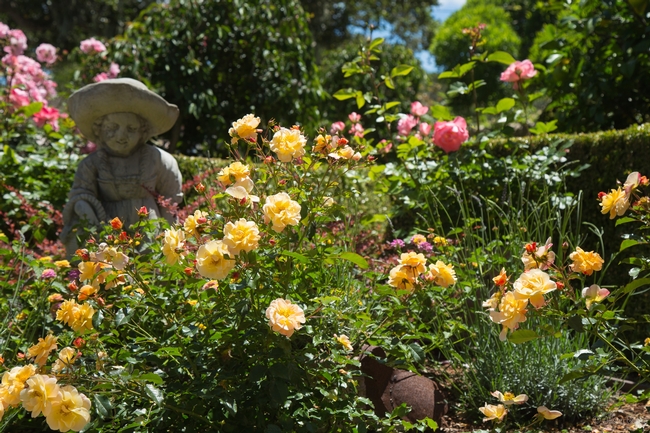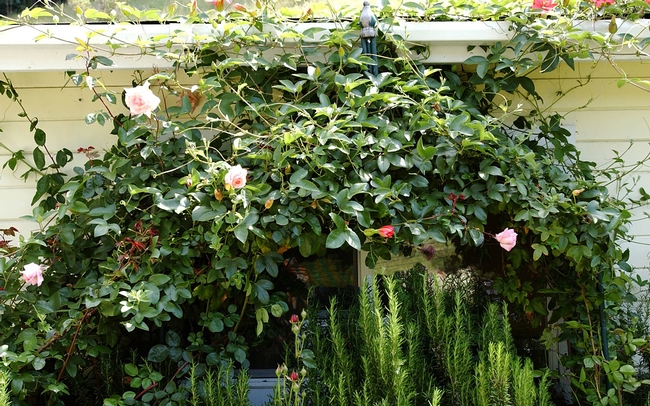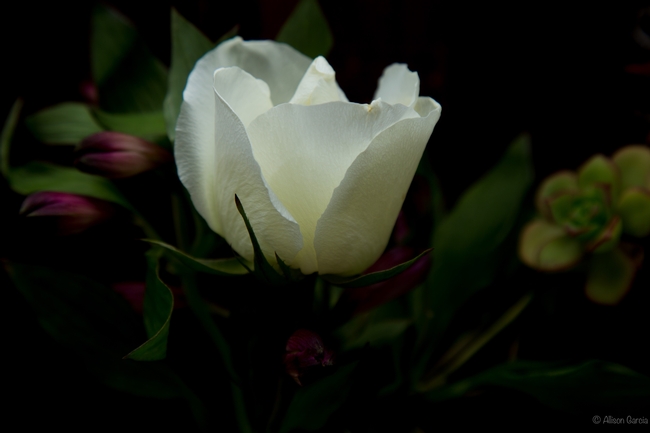"But he who dares not grasp the thorn Should never crave the rose."
-- Anne Bronte
Would a rose by any other name smell as sweet? Well, duh! It would still be a rose, even if it was called a nwliduwldkg! But ‘rose' is much easier to say, so we're lucky that way. If you've been dreaming of roses but haven't yet gotten up the nerve to give them a try, this post and our FREE Class on Jan 13th are for you. Sources for more detailed information are found at the end of the post.

- Hybrid tea roses
- most common roses in home gardens today
- form a shrub 3-5' tall
- large, single flowers
- Floribundas
- form a shrub 2-4' tall
- small flowers borne in clusters
- higher bloom production than hybrid teas
- Grandifloras
- intermediate between hybrid teas and floribundas
- large flowers with increased bloom production
- form a shrub 5-8' tall
- climbers
- flexible stems to 20' long
- need support on a wall, fence, etc.

- possess glossy green leaves
- have few thorns
- require little pruning
- require little disease and pest control
- well suited for low maintenance landscapes
- do not require deadheading
- flower throughout the year with greatest bloom in mid-spring and early autumn
Rose cultivation involves multiple factors, many of which are influenced by microclimate. In general, roses require:
- protection from wind
- lots of sun (full sun all day near coast, afternoon shade in hot inland areas)
- space with good air movement to prevent diseases
- well draining soil that still retains water
- light fertilization before each flush of growth
- watering by flooding basin around the plant with 1-2” water or using drip irrigation when the soil is dry to 1”
- avoidance of frequent wetting of leaves to reduce diseases
- when washing leaves to dislodge pests such as spider mites and aphids, do it in the morning so leaves are dry by nightfall
If you'd like to learn basics of rose care, be sure to sign up for our FREE class "The Basics of Rose Care" on January 13th at 10am here! Information in this post was taken from this Garden Information Series flyer. The UC IPM website has lots of information about pests and disorders of roses here and information about cultural practices and pest control here. For information on abiotic disorders and diseases, go here. And for information on rose insect and mite pests and beneficials, visit this page.
Don't forget to subscribe to our blog so that you receive an email notification when a new post goes up. If you have questions, contact us online, by phone or in person to get answers to your gardening quandaries!

